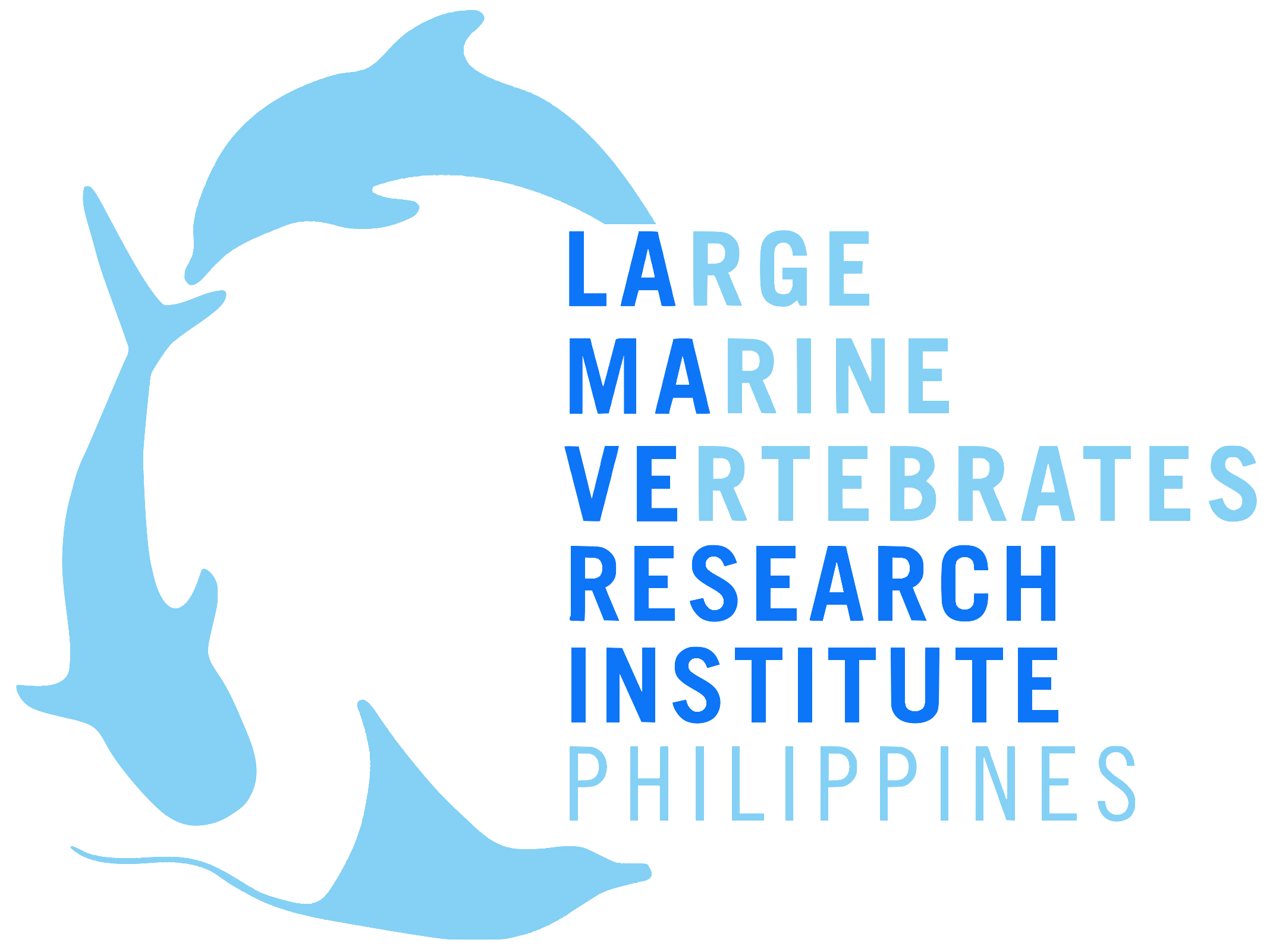VOLUNTEER BLOG
Fabien Vivier, giver you the break down on LAMAVE’s whale shark project in Southern Leyte
By FABIEN VIVIER
Ever wondered what the daily life of a researcher/volunteer is? Let me briefly explain to you how our days are conducted.
Every day before going in the field, we need to coordinate with the community to know whether a boat is coming our way or not as well as the time of the meeting (and it can be quite tricky sometimes, even though it seems to be an easy task). Once this has been figured out, all gear and equipment must be prepared and packed before heading out in advance towards the meeting point and wait for the boat to come (sometimes several hours before the boat is actually in sight). Once aboard, the adventure starts but you may experiment strong sea (waves) and weather conditions (heavy rain, winds or blistering sun) for several hours in a row with barely any comfort. Once the ±3h adventure is over we head our way back to our office to continue our day. First in the list: have lunch, shower and clean all our equipment/gear. Then we can spend up to several hours sorting out identification pictures taken during our interactions, as well as entering the data collected on the computer. Identifying whale sharks requires patience and sharp eyes as the spot and line patterns can be quite complex sometimes. I invite you to read this previous blog for more details on how whale sharks are identified. You must understand, that the more whale sharks encountered during our adventure, the more time spent identifying them later on the day, even though sometimes it feels like a treat to recognize some individuals.
Days, when we cannot go in the field, are called ‘office days’ and researchers/volunteers usually do different tasks. As far as I am concerned, I focused on cleaning and checking final databases from the past three years as well as the running season. This is a primordial task in order to analyze the data to, therefore, write scientific reports and publications. This task mainly consists in making sure that the four years of data are consistent between themselves (i.e. the codes and names used are the same for each year) and no mistakes are made (e.g. no whale sharks miss-identified, no double data, etc.). Once this step was achieved, I could move on to the next step: analyzing the data. Analysing data requires a lot of patience and time. One usually spends weeks in front of his computer writing coding scripts in statistic software (e.g. R). This software allows you to run any sorts of statistics on your data as long as you can code without any mistake your requests for the software to run them. It is a time consuming and often frustrating step but an addictive and vital one. Once our results came out it was time for our team to start the final phase of the research: writing the scientific report. Reports are often sent out to scientific journals that will either decide to publish the research and its findings or not. These findings are used within the scientific community to increase our knowledge on specific subjects but also, in our case, to give recommendations and guidelines for the conservation of the whale sharks in the Philippines.
Fabien Vivier, is originally from France. An up an coming scientist, Fabiens hard work, detailed above lead towards our publication: Assessing the impacts of tourism on the world's largest fish Rhincodon typus at Panaon Island, Southern Leyte, Philippines. Well done Fabi!
If you are interested in volunteering with LAMAVE, check our VOLUNTEER section.





7 One-of-A-Kind Experiences as a LAMAVE Volunteer
Just like any other volunteering opportunity, signing up with LAMAVE is a great way to contribute your time and skills to something bigger – marine conservation. But joining LAMAVE is unique in itself because it is more of a commitment – you have to be passionate and dedicate at least three months of your life to volunteering with us.